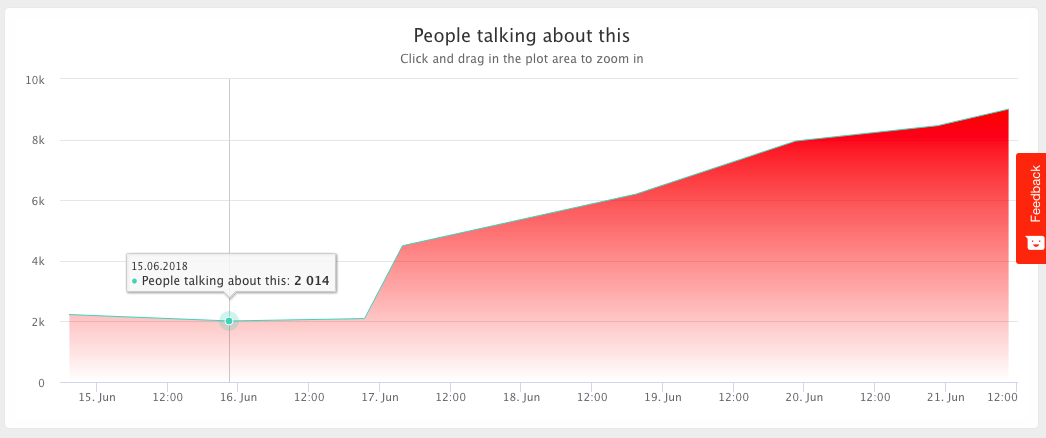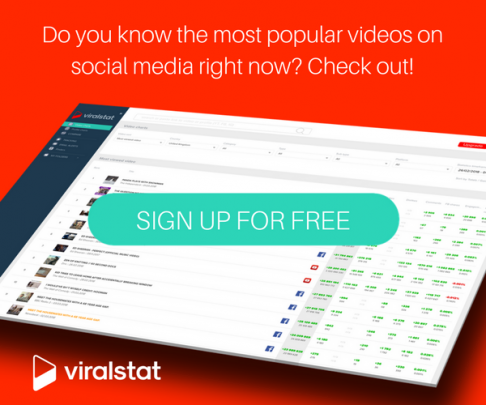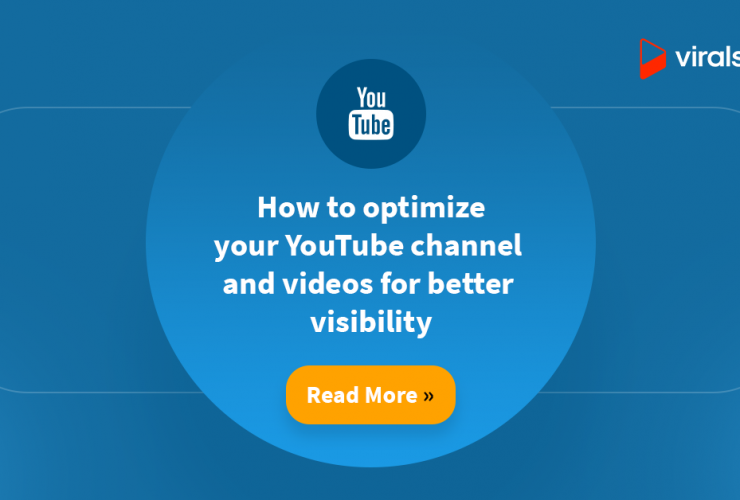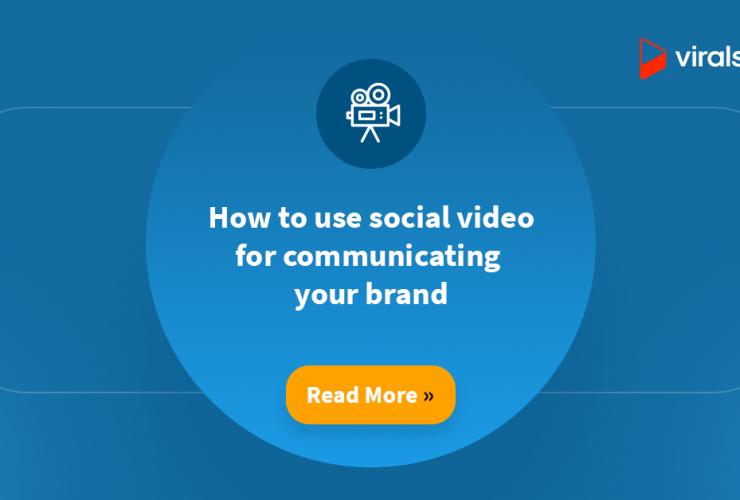When you’re running a social media profile for your business or personal use, you’ll notice that “People are talking about you” and you might wonder how that is calculated. Sometimes the numbers are higher than the day before or they could be drastically lower, it all depends on how many people are performing an action that is related to your page. These aren’t just likes to your pages, it’s actually a little more in-depth than that, but it also isn’t rocket science so you’ll be able to figure it out fairly quickly.

Below are the ways your PTAT is calculated
– Page Likes – Whenever someone likes your page, your PTAT will increase.
– Likes, Comments, and Shares – If someone performs one of these 3 actions, your PTAT will increase.
– Answers a question – You could ask a question on your page, and if someone answers it, your PTAT will increase.
– Event RSVPs – If someone were to respond, or say they’re going to your event, that will also increase your PTAT.
– Photo Tags – If someone were to tag you in a photo, no matter if it’s actually you or not, your PTAT will increase.
– Check-ins or recommendations – If someone were to be at your place of business and check in, your PTAT will increase. It works the same way with recommendations.
Essentially, whenever someone is talking about your page or performing an action on it, your PTAT will increase and make you seem more successful in the eyes of a stranger.
The one downside of PTAT is that it can be gamed with Facebook ads. You can buy likes to your page and see your PTAT increase dramatically, at least +1 for every page like, and a lot of social media marketers weren’t happy about this because it was interfering with their other analytics when trying to figure out what strategies of theirs were working and which weren’t. If you aren’t a social marketer, you likely saw your PTAT increasing because of your ad and thought “This is great!” and it is, but if you were to do various things for just one business page, you might get annoyed because the data coming in isn’t as accurate as you might want it to be. This is why Facebook has removed PTAT from the analytics but still shows it on every business page that is published.
How is PTAT calculated?
PTAT was a trailing 7-day metric that facebook used to measure how many people were performing actions on your page. For every person that performed an action from the list posted above, you would get a +1 in your PTAT. The more people that liked, commented, shared, checked in, etc. the higher your PTAT would go.
Some companies have a lot of followers but a low PTAT due to not many of those followers talking or liking anything the company has to say, usually because the company is inactive on social media. On the other hand, there are some companies that have super high PTATs and that’s because they’re active on social media, having conversations with their followers, and also running PPC campaigns in order to boost their following which will also boost their PTAT scores.
Why are people so focused on PTAT?
When someone is talking about your website it makes you look popular, and people want their visitors to see them as the main website that is being talked about or shared within the community. For that simple reason, people will spend thousands of dollars every month in order to boost your likes which will also boost their PTAT in a positive way.
PTAT is nothing more than a number that convinces strangers that you’re the king of the industry and they should be following you.
How does PTAT help your social profiles?
It doesn’t help your social profiles directly, mostly because it doesn’t affect how you show up in the internal search results within Facebook, but also because it’s just a number that shows up on your page. It does help convert people into followers because they tend to follow the crowd. If Tom, Jack, and Sally already like the page, why shouldn’t they, right? It’s sad, but a high PTAT will almost always increase your likes naturally because people tend to follow others that liked the page before them.
Does PTAT help your own website? 
Not really, it’s more for your Facebook page than your actual website. You won’t get a rankings boost from it and you won’t be able to really show it on your website at all. You can show how many people have liked your page by displaying a widget on your website, but it will not show your PTAT to everyone that visits your pages.
Will boosting my PTAT increase traffic?
Not directly, no. It will help boost your traffic due to the face like I mentioned above, people tend to follow others who have had a good time on your page. They see it as a safe place to like, and they will then comment or share your page, increasing your PTAT along the way 😀
Indirectly you will get a traffic increase due to all the people now coming into your page and seeing “35,000 people are talking about this” and they will then browse your page and some will likely click on your website link within the page itself. That’s the only way you’ll get increased traffic through a higher PTAT number.
In conclusion
Most people say that PTAT is dead, but we say that it’s a number that helps slightly with your marketing, mainly because people want to see your page being talked about. The more your page is talked about, the more popular you seem to be, and we all want to hang out with the popular kids, right? PTAT shouldn’t be something you lose sleep over, but it shouldn’t be something you sweep under the rug and forget about forever. Having a public PTAT score that is a decent number will usually convince other people to like your page or comment, mainly because other people have already done it and now their barrier is down and they can trust you more. People will see others have liked, now they can like, and it will just boost your PTAT even higher.







Permalink
Permalink